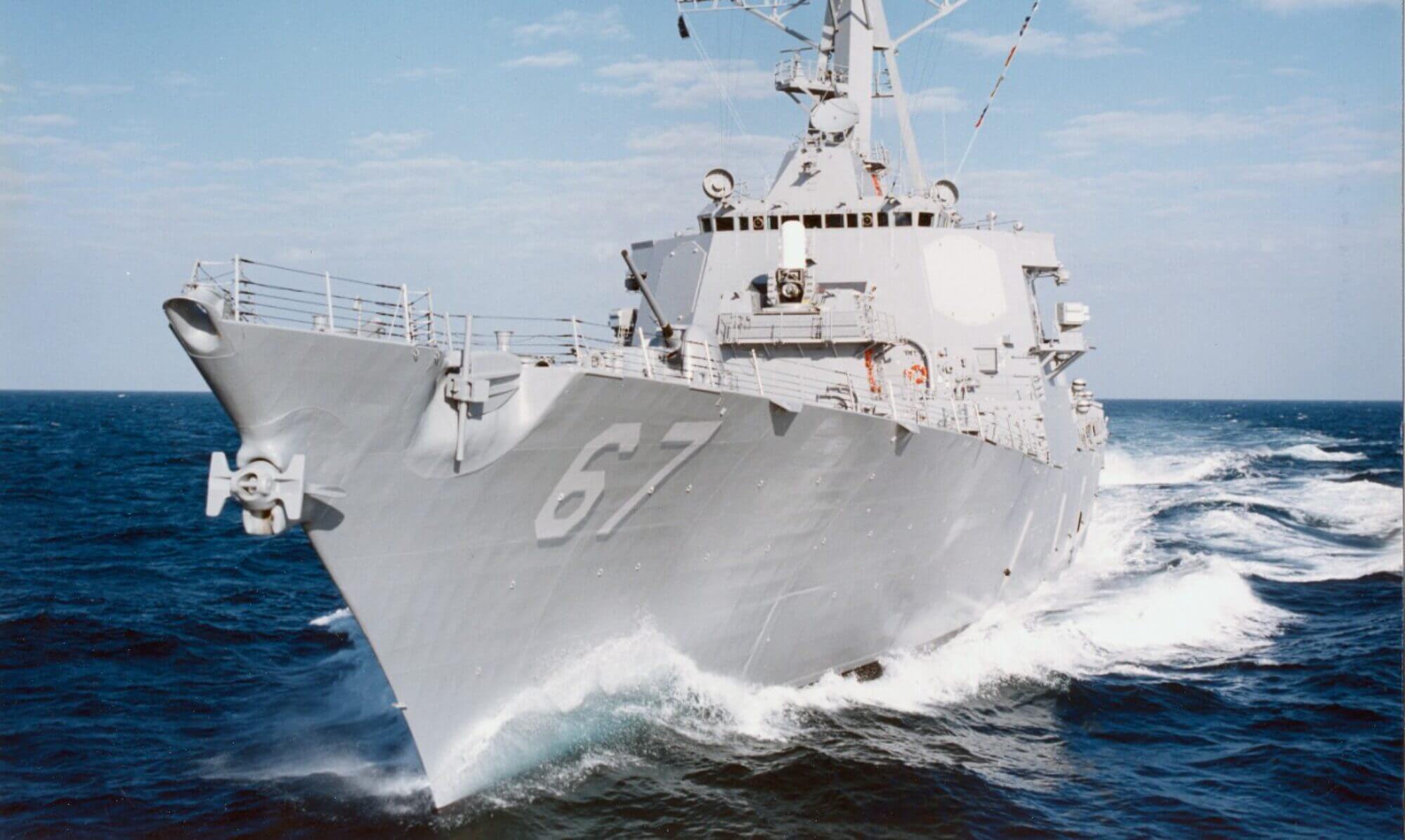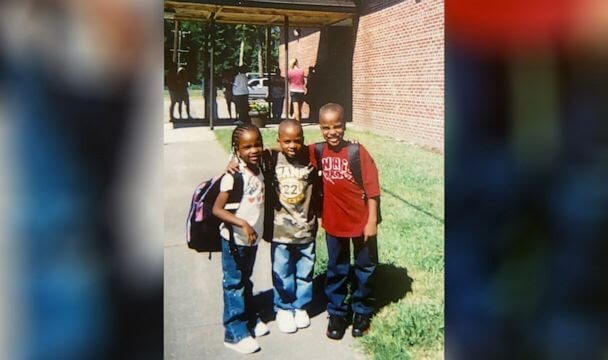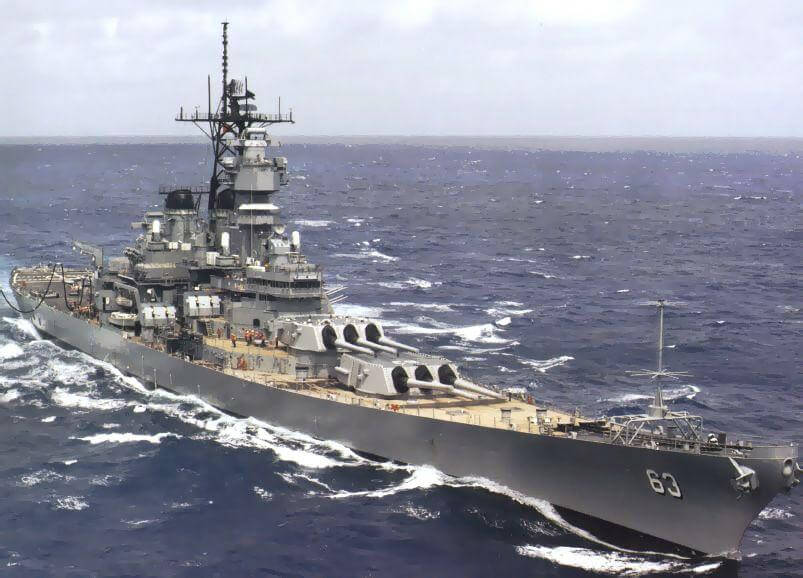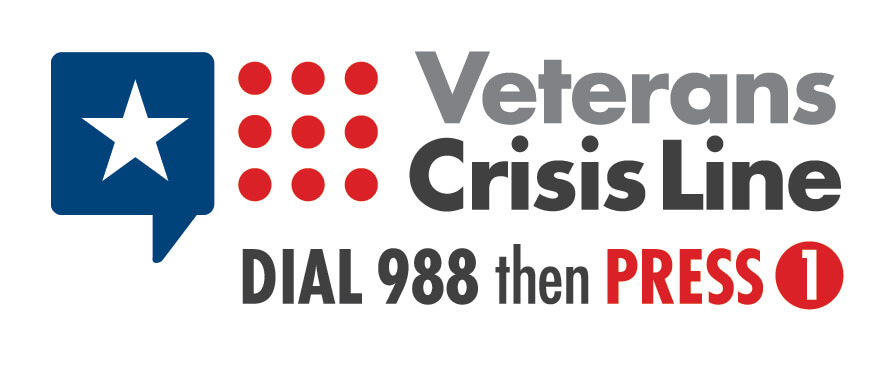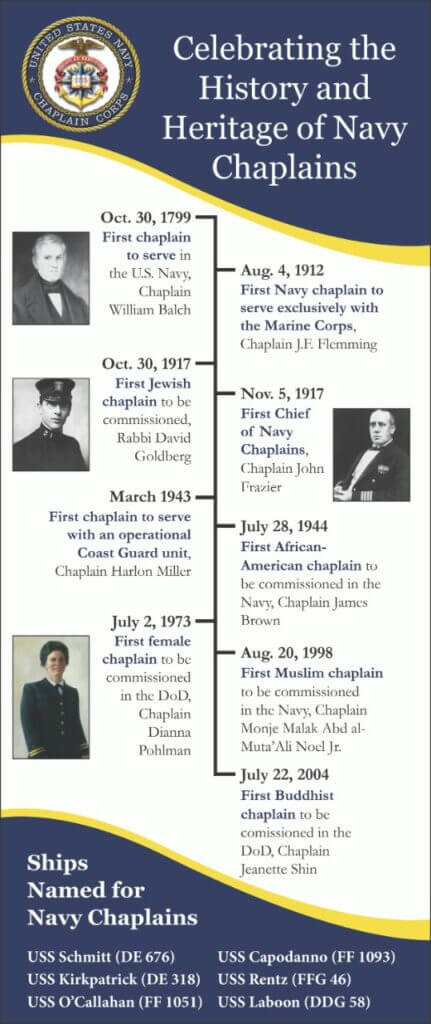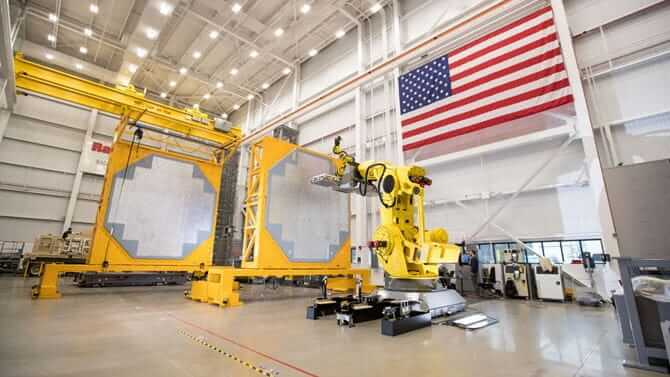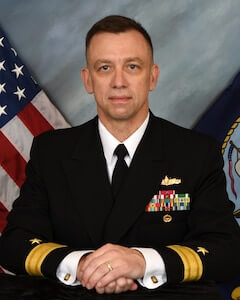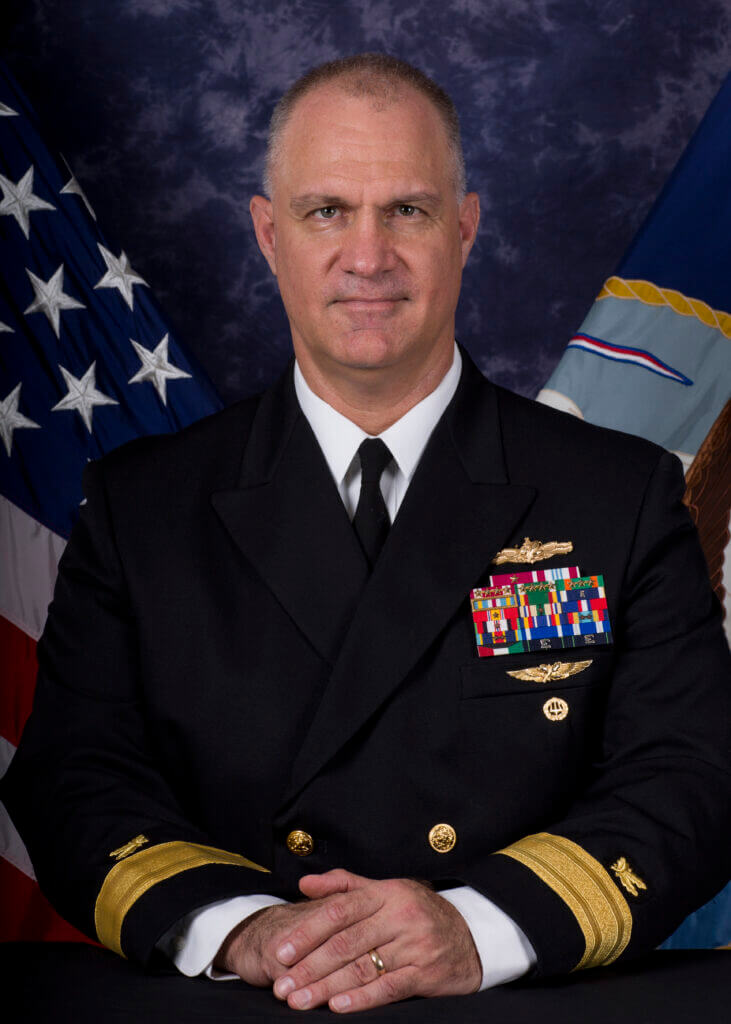
The US Navy has announced the appointment of Rear Adm. Thomas J. Moreau will be assigned as vice director, J-4, Joint Staff, Washington, D.C. Moreau is currently serving as director, Supply, Ordnance and Logistics Operations Division, N4L, Office of the Chief of Naval Operations, Washington, D.C.
The US Navy has announced the appointment of Rear Admiral Thomas Moreau to an important new role within the Navy. Rear Admiral Thomas Moreau will be taking on a key leadership position, serving in Director, Supply, Ordnance and Logistics Operations Division, N41, Office of the Chief of Naval Operations.
This appointment is a testament to his exceptional record of service and leadership, and we are thrilled to see him continue to contribute to the strength and success of the US Navy. Congratulations, Rear Admiral Thomas Moreau on your new appointment!
Rear Adm.Thomas “Jack” Moreau is a native of the Hudson Valley, New York. He graduated from Union College Schenectady, New York, and the Navy ROTC program at Rensselaer Polytechnic Institute Troy, New York, as a member of the Class of 1990.. He holds a Bachelor of Science in Chemistry and was assigned as a navy supply officer in the fall of 1990. He has a Master of Science in Management from the Naval Post Graduate School (NPGS) and a Harvard senior executive fellow.
Moreau’s initial assignment was as assistant supply officer onboard USS Gary (FFG 51) stationed at Long Beach and San Diego, California from 1991 to 1994. He then served as comptroller, Fleet Anti-Submarine Warfare Command, San Diego for 15 months before transferring to the 31st Naval Construction Brigade, Port Hueneme, California, in the summer of 1995. Moreau followed on overseas as the supply officer/fuels officer Souda Bay, Greece, from 1997 to 1999. Upon completion of the overseas tour, he returned to sea duty as the supply officer onboard USS La Moure County (LST 1194). After 15 months onboard, the La Moure County tragically ran aground off the coast of Chile and he executed the accelerated decommissioning of the vessel, which was later sunk off the coast of South America.
Upon graduation from NPGS in 2003, Moreau was assigned to the Naval Supply Systems Command (NAVSUP) Navy Supply Information Systems Activity (NAVSISA), Mechanicsburg, Pennsylvania, as the business systems director until 2004. Moreau was then assigned to Naval Surface Force, Atlantic Fleet as the comptroller/financial management officer and then followed on to a tour at the Bureau of Personnel (BUPERS-3/NAVSUP OP) as the Supply Corps Officer community manager (OCM)/flag planner from 2006 to 2009.
Following BUPERS, Moreau was assigned as the assistant force supply officer, Commander Naval Air Forces, North Island, California, and then as the supply officer onboard USS Nimitz (CVN 68) until January 2012. Moreau was then the chief of staff at NAVSUP, Global Logistics Support, San Diego, California from 2012 to 2013 and then completed a one-year deployment to Afghanistan as chief of staff for U.S. Forces Operational Contract Support Cell. After Afghanistan, he served at the Office of the Chief of Naval Operations, where he was the deputy director of the Logistics Programs and Business Ops Division. Moreau has deployed on two Western Pacific cruises, a UNITAS deployment and a Joint Task Force off of North Korea. He went on to serve as the 44th commanding officer of NAVSUP Fleet Logistics Center, Norfolk. Moreau’s first flag tour he served as N41 for U.S. Fleet Forces Command. He now joins the Office of the Chief of Naval Operations N41 as director, Supply, Ordnance and Logistics Operations Division, N41.
Moreau’s awards include the Legion of Merit (three awards), Defense Meritorious Service Medal, Meritorious Service Medal (five awards), Navy Commendation Medal (five awards), Navy and Marine Corps Achievement Medal (four awards), and various unit and service awards.
He holds a subspecialty code in financial management, petroleum management and information systems management.
